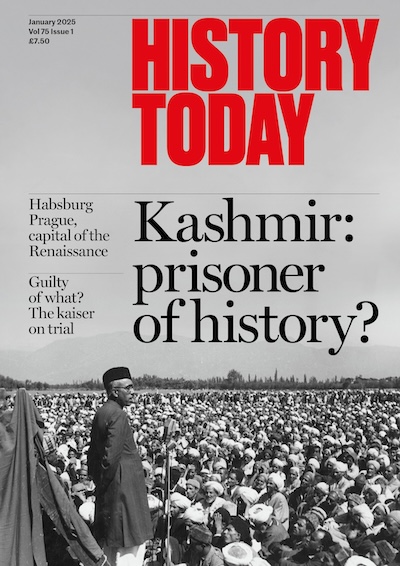Rags, Bones and Recycling Bins
Long before the appearance of green, brown and black bins on our doorsteps we recycled our household rubbish. Tim Cooper investigates the history of waste recovery.
As concern mounts that the consumer society may be ecologically unsustainable, historians have begun to interest themselves in past efforts to achieve efficient use of scarce resources. Far from being a recent innovation, recycling and reuse of household cast-offs have a long history. In early modern Britain, one of the most characteristic forms of recycling has been the trade in second-hand clothing, which has survived to the present-day in the shape of the ubiquitous charity shop. The cost of buying new ensured that many among the lower orders of eighteenth-century English society relied on second-hand apparel. The rag fairs of the rapidly growing cities and a network of tradesman and pawnbrokers supplied this demand. Some historians have argued that the second-hand trade played an important role in the nascent development of mass consumerism and fashion, demand was so high that there was a ready market for stolen clothes.





